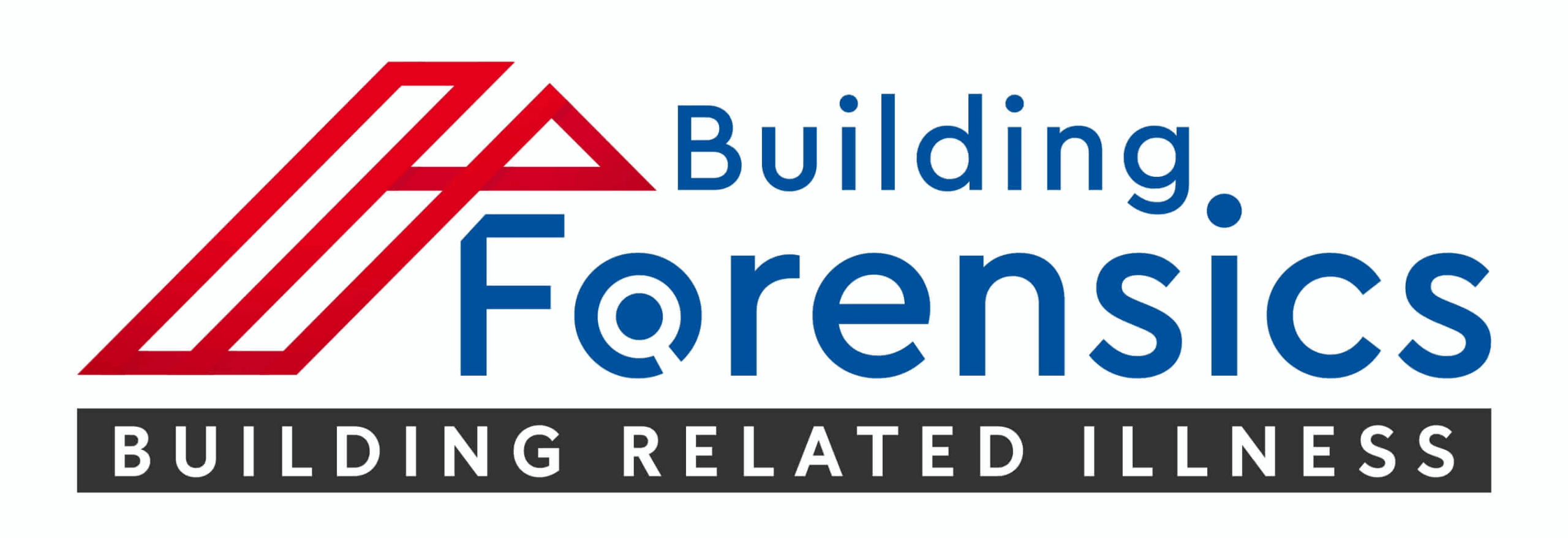What has changed so much in Buildings to make people sick?
There are several factors which influence indoor air quality and the following issues are pointers but not encompassing.
Building Materials
Building materials are generally developed and designed for adequate strength, durability and lightness. This means many are not as robust as in yesteryear and although suitable at the time of design, transportation, skill of builders and compatibility of other materials and its environment may alter this suitability. Typically, climate changes and environmental conditions may see off gassing, development of bio films and premature decay. This often leads to microbial amplification VOCs and mVOCs.
Contents
These are usually manmade and utilise adhesives, chemicals, paints, varnishes, fabric enhancers and a host of other constituents which can and do off gas VOCs.
Building Management Systems (BMS)
These systems control temperature, humidity but not air quality. There are so many variables which can result in different areas having good, bad or marginal quality.
While most would regard fresh air as a major element in healthy buildings this can be difficult to achieve if BEMs are not utilised properly.
Apart from the day to day running of (BMS) of equal importance may be when the systems are off. Some important variation can result in bio amplification and increasing health issues.
Another issue is of course maintenance and very few recognise the shortfalls in normally accepted standards of regular maintenance of Air supply and refrigeration systems. Typically the use of sanitation agents can result in the unwanted consequences of greater health hazards even from dead biological agents.




